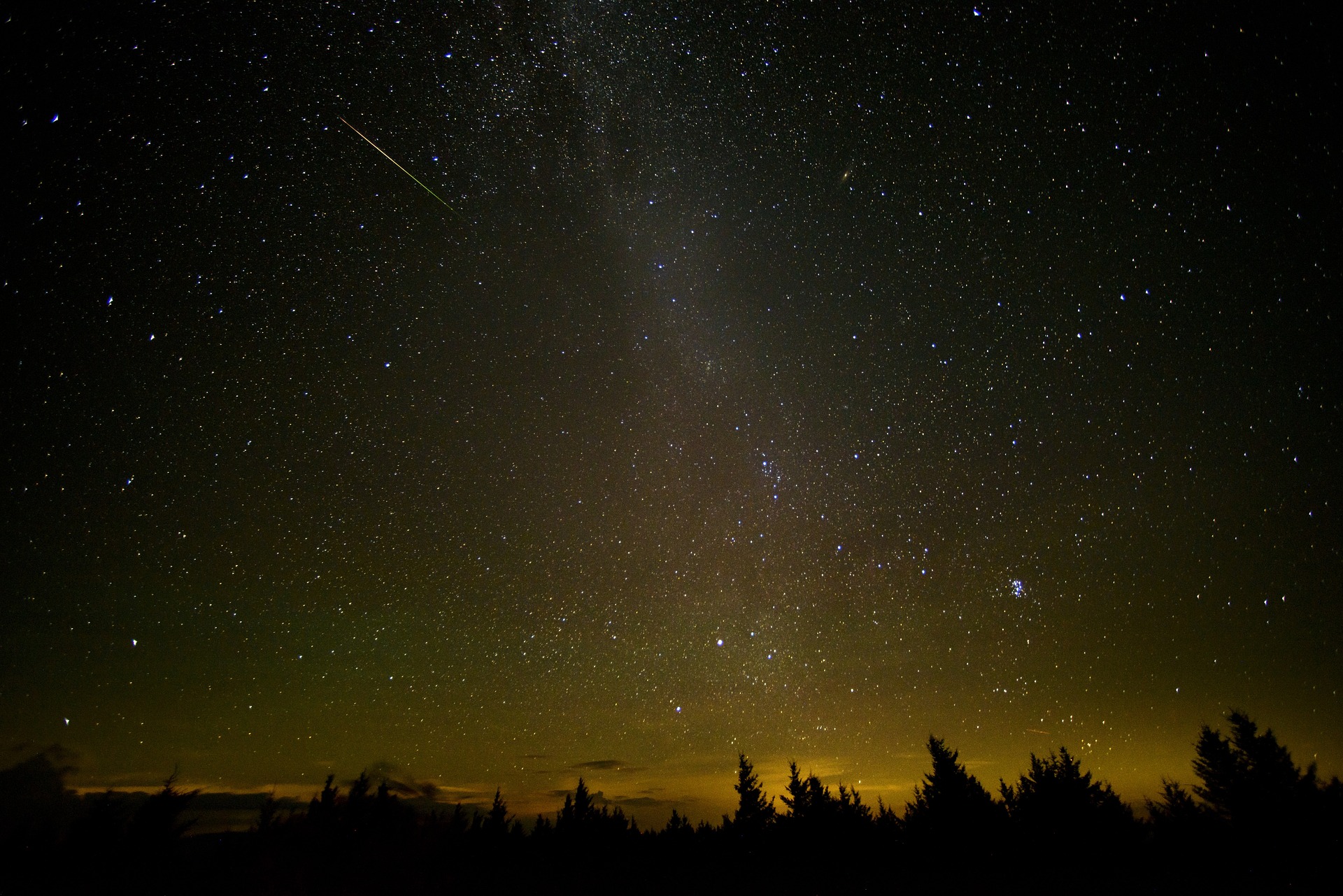The best shooting star show of this year runs from Dec. 4 to 20. At its peak in the Washington area, the Geminids Meteor Shower may produce 150 multicolored meteors per hour from 9:30 pm on December 13th to dawn on December 14th.
The Geminids meteors radiate from near the bright stars Castor and Pollux in the constellation Gemini. Some of these spectacular shows may be blocked at the peak by a waxing gibbous moon, but the meteor shower will be so prolific and bright that you should still be able to see them anywhere in the sky.
The Geminids are the only meteor shower to have an asteroid parent body called a comet-asteroid hybrid. All other meteor showers have comet origins. The Geminids meteors are born from the debris left behind by the asteroid 3200 Phaethon named after the Greek myth of Phaethon, (son of the sun god Helios) due to its close approach to our Sun. 3200 Phaeton was discovered in 1982 by using the Infrared Astronomical Satellite. It is the only asteroid discovered via satellite.
There have been many theories trying to explain how this asteroid can produce a volume of meteors that might be expected from a much larger space body, but 3200 Phaeton has remained a mystery. However, in August 2021 a study by NASA’s Jet Propulsion Laboratory posited a theory to explain Phaeton’s comet-like behavior. Perhaps sodium fizzling from the asteroid surface is causing Phaeton to brighten near the sun like a comet and causing meteoroids that contain little sodium to be ejected from the asteroid.
The December Geminids is a highly anticipated annual shower among meteor enthusiasts who will be watching on 12/13 for the highest number of meteors falling at approximately 2 am EST.

